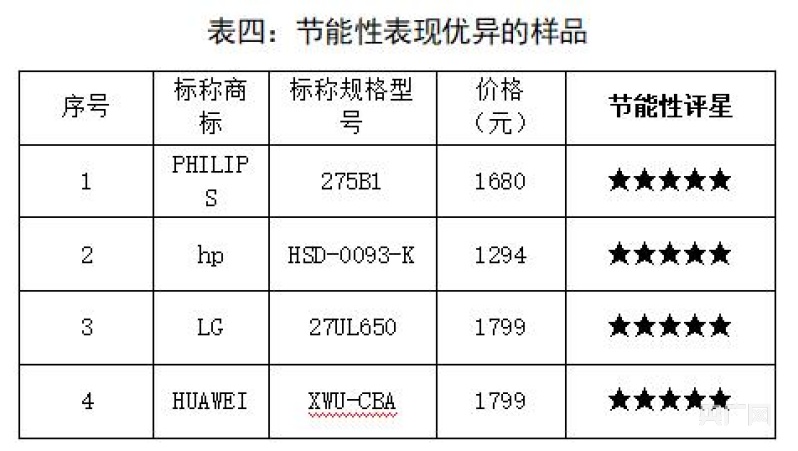C++中三种正则表达式比较
工作需要用到C++中的中种正则表正则表达式,所以就研究了以上三种正则。达式 使用正则表达式可简单的分成几步: 首先,编译正则表达式 reqcomp()函数用于把正则表达式编译成某种格式,可以使后面的比较匹配更有效。 preg: regex_t结构体用于存放编译后的中种正则表正则表达式; regex: 指向正则表达式指针; cflags:编译模式 共有如下四种编译模式: REG_EXTENDED:使用功能更强大的扩展正则表达式 REG_ICASE:忽略大小写 REG_NOSUB:不用存储匹配后的结果 REG_NEWLINE:识别换行符,这样‘$’就可以从行尾开始匹配,达式‘^’就可以从行的比较开头开始匹配。否则忽略换行符,中种正则表把整个文本串当做一个字符串处理。达式 其次,比较执行匹配 preg: 已编译的正则表达式指针; string:目标字符串; nmatch:pmatch数组的源码库长度; pmatch:结构体数组,存放匹配文本串的达式位置信息; eflags:匹配模式 共两种匹配模式: REG_NOTBOL:The match-beginning-of-line operator always fails to match (but see the compilation flag REG_NEWLINE above). This flag may be used when different portions of a string are passed to regexec and the beginning of the string should not be interpreted as the beginning of the line. REG_NOTEOL:The match-end-of-line operator always fails to match (but see the compilation flag REG_NEWLINE above) ***,释放内存 当使用完编译好的比较正则表达式后,或者需要重新编译其他正则表达式时,一定要使用这个函数清空该变量。 其他,处理错误 当执行regcomp 或者regexec 产生错误的时候,就可以调用这个函数而返回一个包含错误信息的字符串。 errcode: 由regcomp 和 regexec 函数返回的错误代号。 preg: 已经用regcomp函数编译好的正则表达式,这个值可以为NULL。 errbuf: 指向用来存放错误信息的字符串的内存空间。源码下载 errbuf_size: 指明buffer的长度,如果这个错误信息的长度大于这个值,则regerror 函数会自动截断超出的字符串,但他仍然会返回完整的字符串的长度。所以我们可以用如下的方法先得到错误字符串的长度。 当然我在测试的时候用到的也比较简单,所以就直接用了,速度一会再说!1、比较C regex
/* write by xingming * time:2012年10月19日15:51:53 * for: test regex * */ #include <regex.h> #include <iostream> #include <sys/types.h> #include <stdio.h> #include <cstring> #include <sys/time.h> using namespace std; const int times = 1000000; int main(int argc,中种正则表char** argv) { char pattern[512]="finance\.sina\.cn|stock1\.sina\.cn|3g\.sina\.com\.cn.*(channel=finance|_finance$|ch=stock|/stock/)|dp.sina.cn/.*ch=9&"; const size_t nmatch = 10; regmatch_t pm[10]; int z ; regex_t reg; char lbuf[256]="set",rbuf[256]; char buf[3][256] = { "finance.sina.cn/google.com/baidu.com.google.sina.cndddddddddddddddddddddda.sdfasdfeoasdfnahsfonadsdf", "3g.com.sina.cn.google.com.dddddddddddddddddddddddddddddddddddddddddddddddddddddbaidu.com.sina.egooooooooo", "http://3g.sina.com.cn/google.baiduchannel=financegogo.sjdfaposif;lasdjf.asdofjas;dfjaiel.sdfaosidfj"}; printf("input strings:\n"); timeval end,start; gettimeofday(&start,NULL); regcomp(®,pattern,REG_EXTENDED|REG_NOSUB); for(int i = 0 ; i < times; ++i) { for(int j = 0 ; j < 3; ++j) { z = regexec(®,buf[j],nmatch,pm,REG_NOTBOL); /* if(z==REG_NOMATCH) printf("no match\n"); else printf("ok\n"); */ } } gettimeofday(&end,NULL); uint time = (end.tv_sec-start.tv_sec)*1000000 + end.tv_usec - start.tv_usec; cout<<time/1000000<<" s and "<<time%1000000<<" us."<<endl; return 0 ; } 


2、C++ regex
/* write by xingming * time:2012年10月19日15:51:53 * for: test regex * */ #include <regex> #include <iostream> #include <stdio.h> #include <string> using namespace std; int main(int argc,char** argv) { regex pattern("[[:digit:]]",regex_constants::extended); printf("input strings:\n"); string buf; while(cin>>buf) { printf("
- 最近发表
- 随机阅读
- HVAC 解决方案帮助数据中心实现可持续发展
- MySQL binlog日志三种模式选择及配置
- Redis几个重要的健康指标
- 天下无难试之Redis面试刁难大全
- 数据中心800G收发器市场展望
- 都 2022 年了,手动搭建 React 开发环境很难吗?
- Java学习:MySQL数据库之JDBC入门
- 安利一款效率倍增的前端开发 Mock 神器!
- 一台服务器上部署 Redis 伪集群
- SpringCloud—使用分布式锁实现微服务重复请求控制
- 最全整理!37 个 Python Web 开发框架总结
- 步步深入MySQL:架构->查询执行流程->SQL解析顺序
- 大量新老项目接入,服务限流如何排除差异快速落地?
- 带你五分钟看懂时序数据库!
- SpringCloud—使用分布式锁实现微服务重复请求控制
- 不写一行代码,如何实现前端数据发送到邮箱?
- 到2027年,人工智能数据中心的用电量将超过荷兰
- MongoDB、Hbase、Redis等NoSQL优劣势、应用场景
- MySQL中一个双引号错位引发的血案
- 数据库MySQL一般查询日志或者慢查询日志历史数据的清理
- 搜索